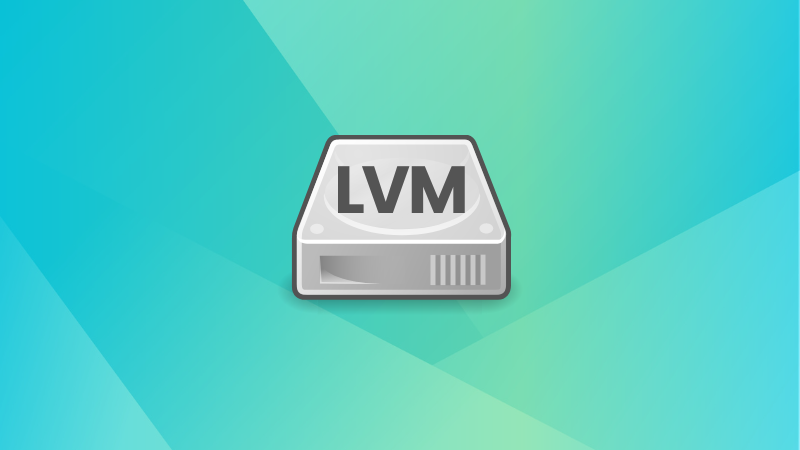A Beginner's Guide to LVM in Linux - tchncs
(discuss.tchncs.de)
from petsoi@discuss.tchncs.de to linux@lemmy.ml on 11 Mar 2024 18:50
https://discuss.tchncs.de/post/12409688
from petsoi@discuss.tchncs.de to linux@lemmy.ml on 11 Mar 2024 18:50
https://discuss.tchncs.de/post/12409688

threaded - newest
And here’s 3 not-ad-infested sources:
Just use Btrfs subvolumes.
Btrfs subvol isn’t suited for all cases. For example I can’t do LUKS on top of Btrfs because its a filesystem, not block storage.
You can’t do LUKS on LVM either, right? Only LVM on LUKS, just like Btrfs on LUKS.
Sure you can.
You can. In fact I’m planning the setup for my laptop which uses this as part of the design.
wiki.archlinux.org/…/Encrypting_an_entire_system#…
The more you know.
I’ve been using it for a while. It allows for easier redundancy without mucking about with the encrypted volume.
not to be confused with:
en.wikipedia.org/wiki/LLVM
.
Are there like any use-cases for it other than “well, I can add another drive to extend partitions whenever I want”? 'Cuz that’s how it’s often described (if at all*), and it doesn’t really make much sense to me. Like, if I install on a laptop, it’ll most often have just one drive, so lvm seems unnecessary, and if I make some server-like setup with multiple drives, I’d go with some kind of raid with redundancy instead of just stitching the drives together (or mb yolo and raid 0).
* If I remember correctly, arch wiki for example, had it used in the partitioning guide for dm-crypt without explaining the benefits against just
luksformating/LVM allows online resizing of volumes, and includes redundancy features such as snapshots and raid.
It’s used a lot more in services than laptops.
It still has use with a single drive. Being able to resize any partitions you create is useful. Snapshots as well. Particularly if you’re using multiple file systems or file systems that don’t support some kind of subvolumes. You can run it on a md RAID if you want as well.
Server setups are usually virtual machines nowadays, with virtual disks (i.e. vmdk or qcow2 files in a storage pool). Stitching virtual disks together is valid in this case because redundancy is handled on another level, invisible to the vm.